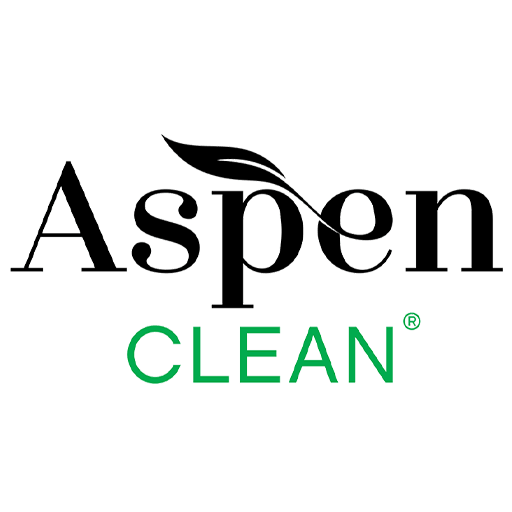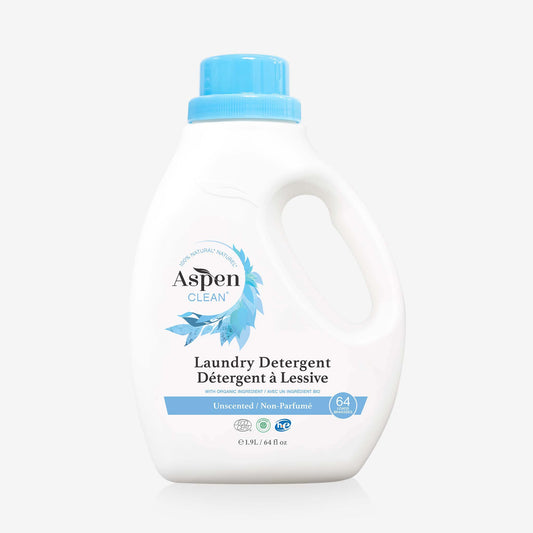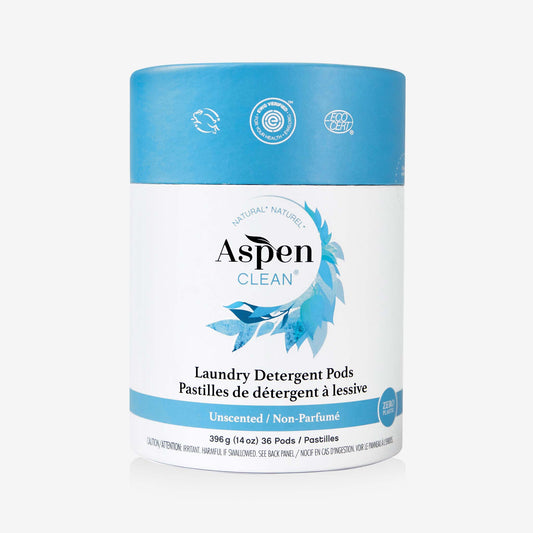A significant shift happened in the cleaning industry when the production of microfiber cloths took off.
Microfiber has replaced virtually all traditional cleaning cloths and with good reason.
What is microfiber?
Microfiber is a synthetic fibre with strands smaller than the diameter of silk or 1/3rd diameter of cotton fibre. These cloths' structural composition makes them very dense and highly absorbent, holding up to seven times their weight in water, and they can even help you minimize your cleaning time. The fabric is very effective at picking up and removing dirt, as opposed to spreading it. Sustainability is a massive benefit, as some cloths can be washed up to 1000 times without replacement.

Why use microfiber cloths?
These benefits are in sharp contrast with natural fibres, such as cotton. While they have desirable qualities, such as breathability, low cost, and gentleness, it doesn't stack up to microfiber. Natural fibres can harbour bacteria, waste a great deal of water, and have difficulty removing dirt and grime due to large threads and smaller counts. Natural fibres also produce lint, something microfiber does not emit.
A great example of what microfiber can accomplish is its role in healthcare. Microfiber cloths remove up to 98% of bacteria and 93% of viruses with only water. Cotton, comparatively, removes less than a third of that amount. Microfiber cloths are now a standard issue for all North American hospitals and health care providers.
For all these reasons, we choose to support microfiber cloths. We have them custom-made for our customers to purchase and for our residential cleaning service. These cloths clean hygienically, effectively and save water due to their high absorption rate. They are, without a doubt, the best option for industrial cleaning, professional cleaning, or household cleaning.
Microfiber: environmental cost
But there is an impact. When microfiber fabrics are washed, synthetic microplastics are released into the water. These particles are too small for water treatment plants to filter and migrate into lakes, rivers, oceans, and ecosystems.

Solutions
As a company literally founded by the water, we see the impact of water pollution. We have committed to eliminating microfiber waste from our business with industrial filtration systems. This screens out synthetic microplastic fibres, as well it protects plumbing and septic systems from blockage. This allows us to be environmentally responsible while guaranteeing the best quality clean.
Purchase AspenClean microfiber cloths.
What can you do? There are a few options. It’s important to note that microplastic is found in more than microfiber cloths. These are released from all synthetic fabrics, such as the nylon polyester of your yoga pants. A low-cost option is the Guppy Friend washing bag. These bags are designed to trap up to 99% of all microfiber in the wash and are large enough to fit a load of laundry, eliminating water waste. Another option is installing a lint filter in your machine. These will be able to catch synthetic microplastics and keep septic systems safe.
Microfiber cloths are the gold standard in the cleaning industry. What’s important is knowing how to use them responsibly and eliminating the environmental impact.
And finally, if you ever wonder how to clean your microfiber cloths, just follow the steps here.
To learn more about sustainable living, check out our other blog posts.





